在驱动模块初始化函数中实现设备节点的自动创建
我们在刚开始写Linux设备驱动程序的时候,很多时候都是利用mknod命令手动创建设备节点,实际上Linux内核为我们提供了一组函数,可以用来在模块加载的时候自动在/dev目录下创建相应设备节点,并在卸载模块时删除该节点,当然前提条件是用户空间移植了udev。
本文引用地址:https://www.eepw.com.cn/article/148609.htm内核中定义了STruct class结构体,顾名思义,一个struct class结构体类型变量对应一个类,内核同时提供了class_create(…)函数,可以用它来创建一个类,这个类存放于sysfs下面,一旦创建好了这个类,再调用device_create(…)函数来在/dev目录下创建相应的设备节点。这样,加载模块的时候,用户空间中的udev会自动响应device_create(…)函数,去/sysfs下寻找对应的类从而创建设备节点。
注意,在2.6较早的内核版本中,device_create(…)函数名称不同,是class_device_create(…),所以在新的内核中编译以前的模块程序有时会报错,就是因为函数名称不同,而且里面的参数设置也有一些变化。
struct class和device_create(…) 以及device_create(…)都定义在/include/linux/device.h中,使用的时候一定要包含这个头文件,否则编译器会报错。
在2.6.26.6内核版本中,struct class定义在头文件include/linux/device.h中:
/*
* device classes
*/
struct class {
coNSt char *name;
struct module *owner;
nbsp;struct kset subsys;
struct list_head devices;
struct list_head interfaces;
struct kset class_dirs;
struct semaphore sem; /* locks children, devices, interfaces */
struct class_attribute *class_attrs;
struct device_attribute *dev_attrs;
int (*dev_uevent)(struct device *dev, struct kobj_uevent_env *env);
void (*class_release)(struct class *class);
void (*dev_release)(struct device *dev);
int (*suspend)(struct device *dev, pm_message_t state);
int (*resume)(struct device *dev);
};
class_create(…)在/drivers/base/class.c中实现:
/**
* class_create - create a struct class structure
* @owner: pointer to the module that is to own this struct class
* @nAME: pointer to a string for the name of this class.
*
* This is used to create a struct class pointer that can then be used
* in calls to device_create().
*
* Note, the pointer created here is to be destroyed when finished by
* making a call to class_destroy().
*/
struct class *class_create(struct module *owner, cONst char *name)
{
struct class *cls;
int retval;
cls = kzalloc(sizeof(*cls), GFP_KERNEL);
if (!cls) {
retval = -ENOMEM;
goto error;
}
cls->name = name;
cls->owner = owner;
cls->class_release = class_create_release;
retval = class_register(cls);
if (retval)
goto Error;
return cls;
error:
kfree(cls);
return ERR_PTR(retval);
}
第一个参数指定类的所有者是哪个模块,第二个参数指定类名。
在class.c中,还定义了class_destroy(…)函数,用于在模块卸载时删除类。
device_create(…)函数在/drivers/base/core.c中实现:
/**
* device_create - creates a device and registers it with sysfs
* @class: pointer to the struct class that this device should be registered to
* @parent: pointer to the parent struct device of this new device, if any
* @devt: the dev_t for the char device to be added
* @fmt: string for the device's name
*
* This funcTIon can be used by char device classes. A struct device
* will be created in sysfs, registered to the specified class.
*
* A dev file will be created, showing the dev_t for the device, if
* the dev_t is not 0,0.
* If a pointer to a parent struct device is passed in, the newly created
* struct device will be a child of that device in sysfs.
* The pointer to the struct device will be returned from the call.
* Any further sysfs files that might be required can be created using this
* pointer.
*
* Note: the struct class passed to this function must have previously
* been created with a call to class_create().
*/
struct device *device_create(struct class *class, struct device *parent,
dev_t devt, const char *fmt, ...)
{
va_list vargs;
struct device *dev;
va_start(vargs, fmt);
dev = device_create_vargs(class, parent, devt, NULL, fmt, vargs);
va_end(vargs);
return dev;
}
第一个参数指定所要创建的设备所从属的类,第二个参数是这个设备的父设备,如果没有就指定为NULL,第三个参数是设备号,第四个参数是设备名称,第五个参数是从设备号。
下面以一个简单字符设备驱动来展示如何使用这几个函数
#include
#include
#include
#include
#include
#include
MODULE_LICENSE (GPL);
int hello_major = 555;
int hello_minor = 0;
int number_of_devices = 1;
struct cdev cdev;
dev_t dev = 0;
struct file_operations hello_fops = {
.owner = THIS_MODULE
};
static void char_reg_setup_cdev (void)
{
int error, devno = MKDEV (hello_major, hello_minor);
cdev_init (cdev, hello_fops);
cdev.owner = THIS_MODULE;
cdev.ops = hello_fops;
error = cdev_add (cdev, devno , 1);
if (error)
printk (KERN_NOTICE Error %d adding char_reg_setup_cdev, error);
}
struct class *my_class;
static int __init hello_2_init (void)
{
int result;
dev = MKDEV (hello_major, hello_minor);
result = register_chrdev_region (dev, number_of_devices, hello);
if (result0) {
printk (KERN_WARNING hello: can't get major number %dn, hello_major);
return result;
}
char_reg_setup_cdev ();
/* create your own class under /sysfs */
my_class = class_create(THIS_MODULE, my_class);
if(IS_ERR(my_class))
{
printk(Err: failed in creating class.n);
return -1;
}
/* register your own device in sysfs, and this will cause udev to create corresponding device node */
device_create( my_class, NULL, MKDEV(hello_major, 0), hello %d, 0 );
printk (KERN_INFO Registered character drivern);
return 0;
}
static void __exit hello_2_exit (void)
{
dev_t devno = MKDEV (hello_major, hello_minor);
cdev_del (cdev);
device_destroy(my_class, MKDEV(adc_major, 0)); //delete device node under /dev
class_destroy(my_class); //delete class created by us
unregister_chrdev_region (devno, number_of_devices);
printk (KERN_INFO char driver cleaned upn);
}
module_init (hello_2_init);
module_exit (hello_2_exit);
这样,模块加载后,就能在/dev目录下找到hello0这个设备节点了。



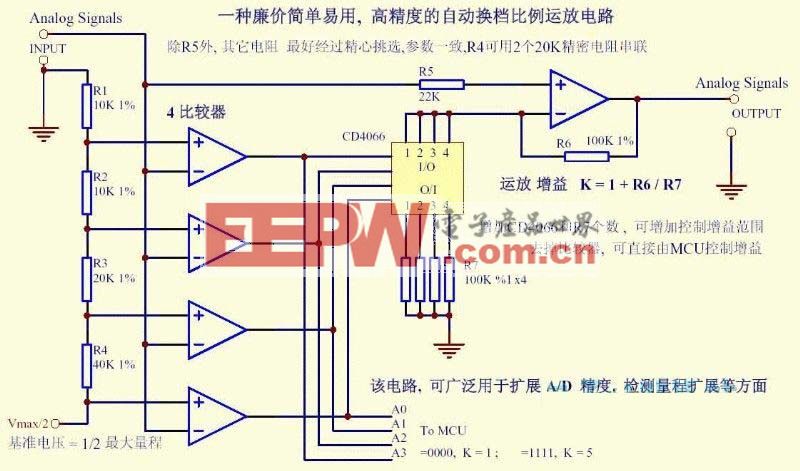
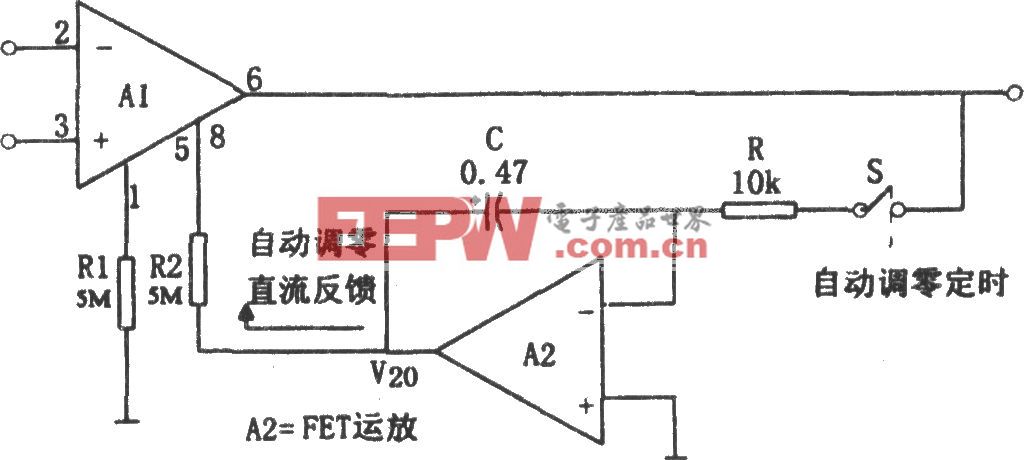
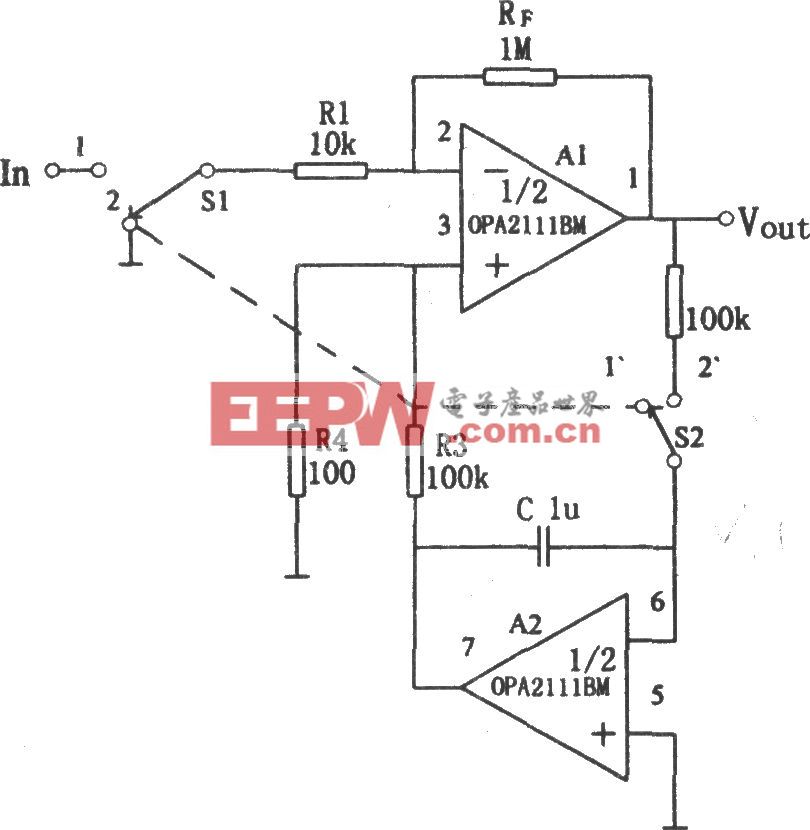
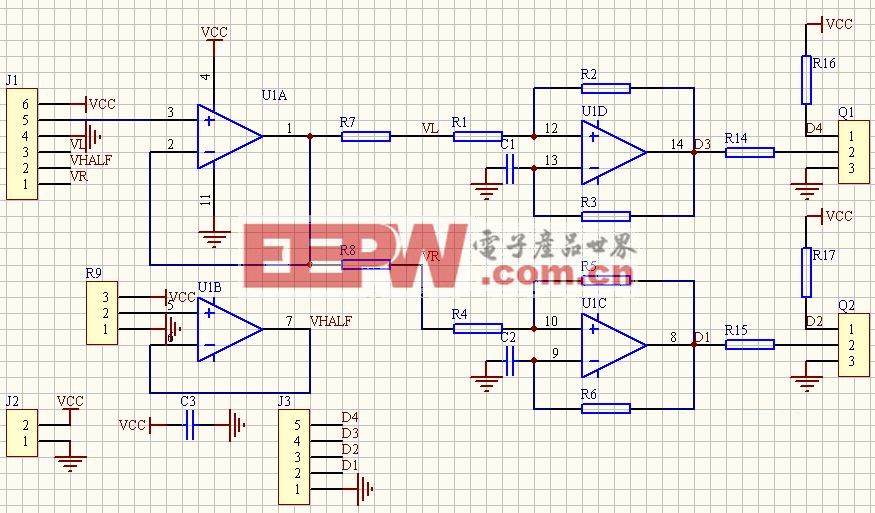

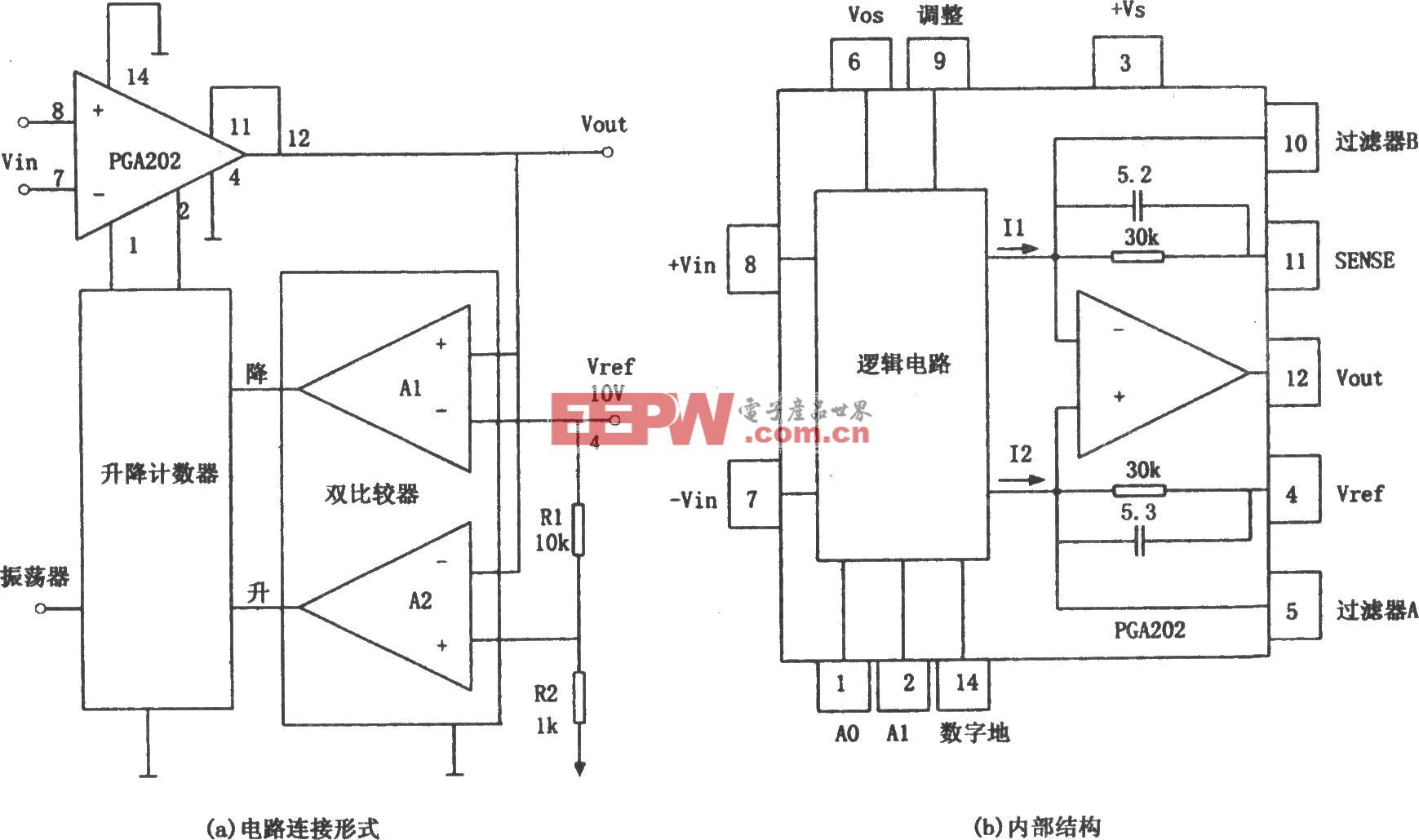
评论